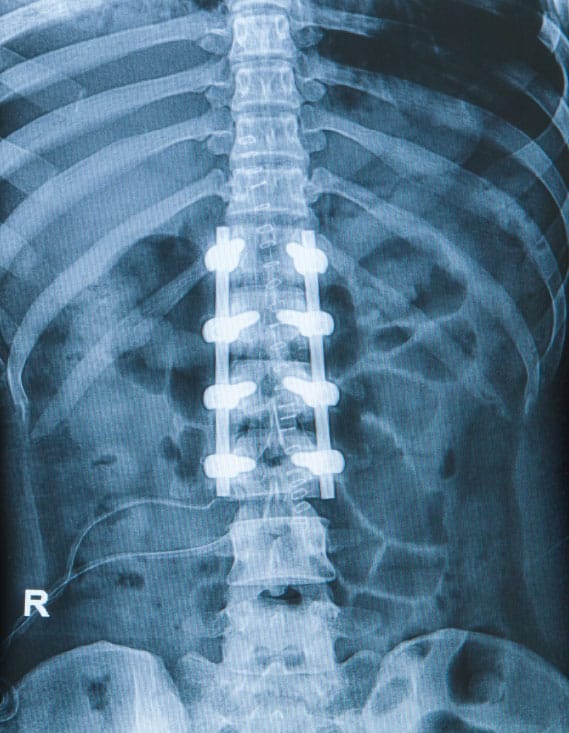Surgical Referral

In some cases, surgery is the only option to prevent a scoliosis worsening to a detrimental degree. In other cases, surgical consultation may be recommended prior to starting a non-surgical treatment.
The main reasons to consider a scoliosis surgery are:
1) When a scoliosis curve is large and surgical intervention is required to stop it progressing further.
2) When the patient is very concerned about how they look because of the scoliosis, and correction cannot be acheived non-surgically
3) In severe cases to preserve lung function.
Surgeons assess the patient and their x-rays, CT or MRI scans. Scoliosis surgery often involves fusing the bones of the spine or rods might be inserted to hold the spine straight. New approaches such as tethering also may be an option.
ScoliCare’s approach to finding the best scoliosis treatment for each patient is to start with accurate assessment, and then to discuss treatment options with patients and their family.
The ScoliCare team works with scoliosis surgeons to co-manage surgical cases, and will recommend surgical referral where appropriate.
Preventing or delaying scoliosis surgery
While surgery may be the best option for some cases, it is also possible in some cases to prevent or delay scoliosis surgery.
The reason for attempting to delay a surgery is usually in cases of children and teens who are still growing. Scoliosis surgery halts spinal growth, so allowing the patient to achieve their maximum height before operating is preferable.
Scoliosis bracing has been shown to be effective in preventing most progressive adolescent cases from needing surgery[1].
In large curves, and highly progressive cases that already require surgery, bracing can halt the scoliosis from worsening which the patient’s spine grows to maximum height. Then surgery to reduce these large curves and restore the alignment of the patient’s spine can proceed.

Success Stories
from our Clinics
We’d like to thank our patients for their permission to use their images and results in our case studies. These studies are not to be reproduced without written permission from ScoliCare.

